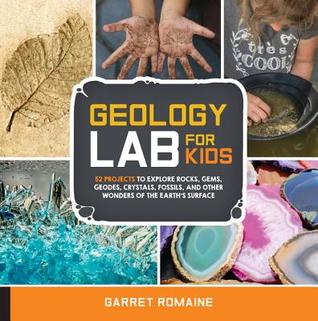Trash Revolution: Breaking the Waste Cycle is a non fiction children's book written by Erica Fyvie and illustrated by Bill Slavin. It is currently scheduled for release on April 3 2018.
All the “stuff” that surrounds us has a life cycle: materials are harvested, the stuff is made and distributed, it's consumed and then it gets trashed or recycled. Using the typical contents of a child's school backpack (defined as water, food, clothing, paper, plastic, metals, electronics), this book explores those stages in detail, including lots of ways to reduce, reuse or recycle waste along the way. Children will gain new insight into the routine decisions they make about their own consuming and trashing or recycling practices. For example: How long does it take for a cotton T-shirt to decompose in a landfill? Can a bike helmet be made from recyclable materials? Which is better for the Earth, wrapping a sandwich in aluminum foil or plastic? By learning to use critical thinking skills to make informed choices, children will feel empowered by the important, constructive role they can play in the future health of the planet. It includes a glossary, resources, bibliography and index.
Trash Revolution: Breaking the Waste Cycle is a solid explanation of how things are made, disposed of, and or recycled. Making the information more accessible, it is all related to the items a reader in the target audience might carry around with them in their school backpack. This makes it a little more interesting and relevant to their day to day life, so it is more likely they will want to learn the information and hopefully retain it. The use of every day objects in the explanations brings it all home. I like that the information is well organized; complete with info graphics, charts, and sidebars. I also like that the information is followed by how these processes impact the world around us, and how readers can effect change in big or small was with the choices they make. Empowering them to take action rather than just leaving them feeling lectured or blamed for the things they might have done in the past. I will say that the feel of the book was a little textbook like- for some reason the cover and set up reminded me of some of the older classroom books that get read as assigned, but not looked for otherwise. I think that would be a shame with this book, since it is so well done, but can see some students passing it by for that reason. However, in the same vein it could be a perfect go-to resource for elementary science and social studies
classrooms.




